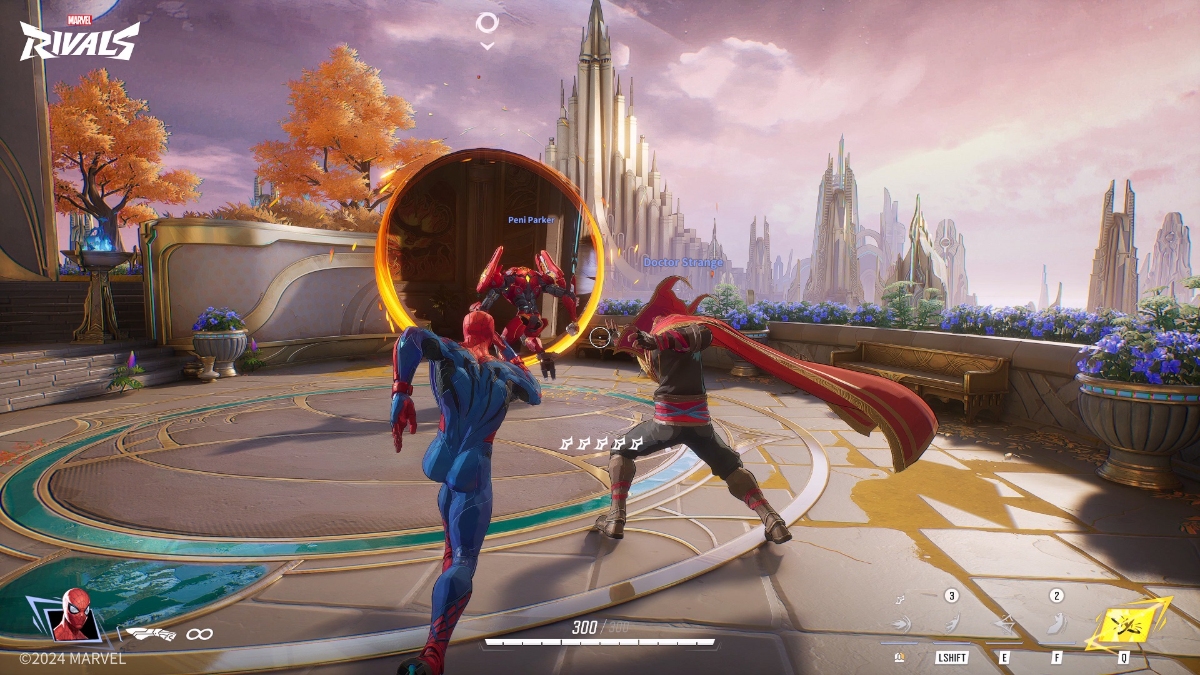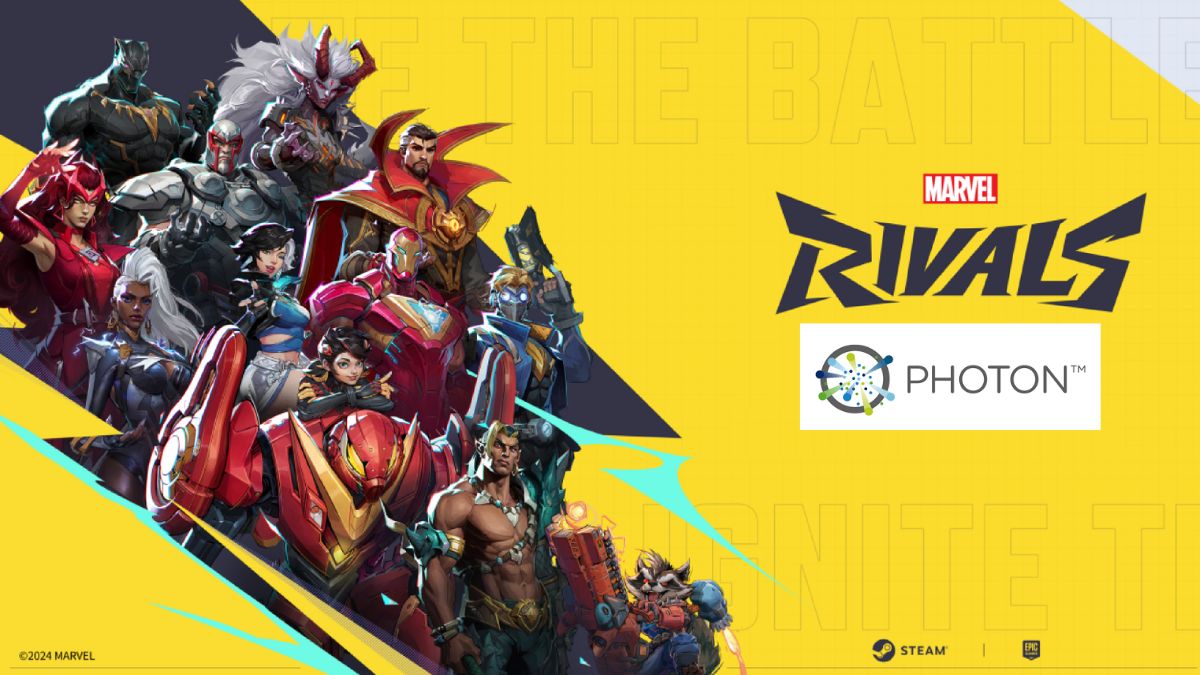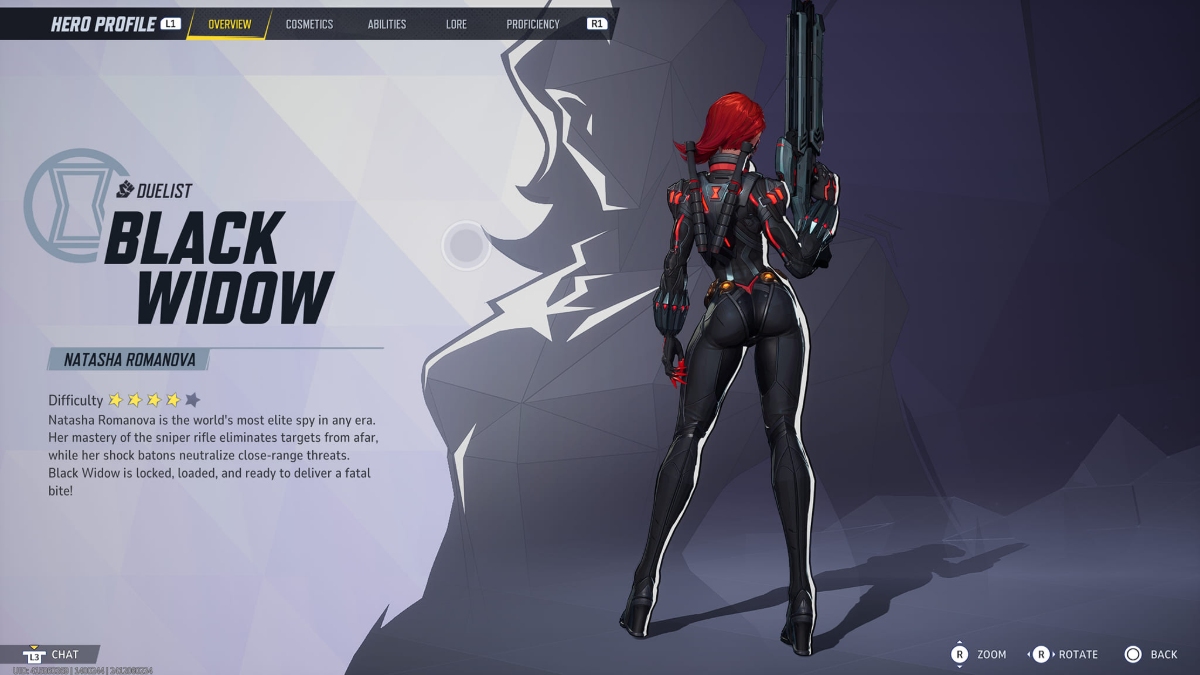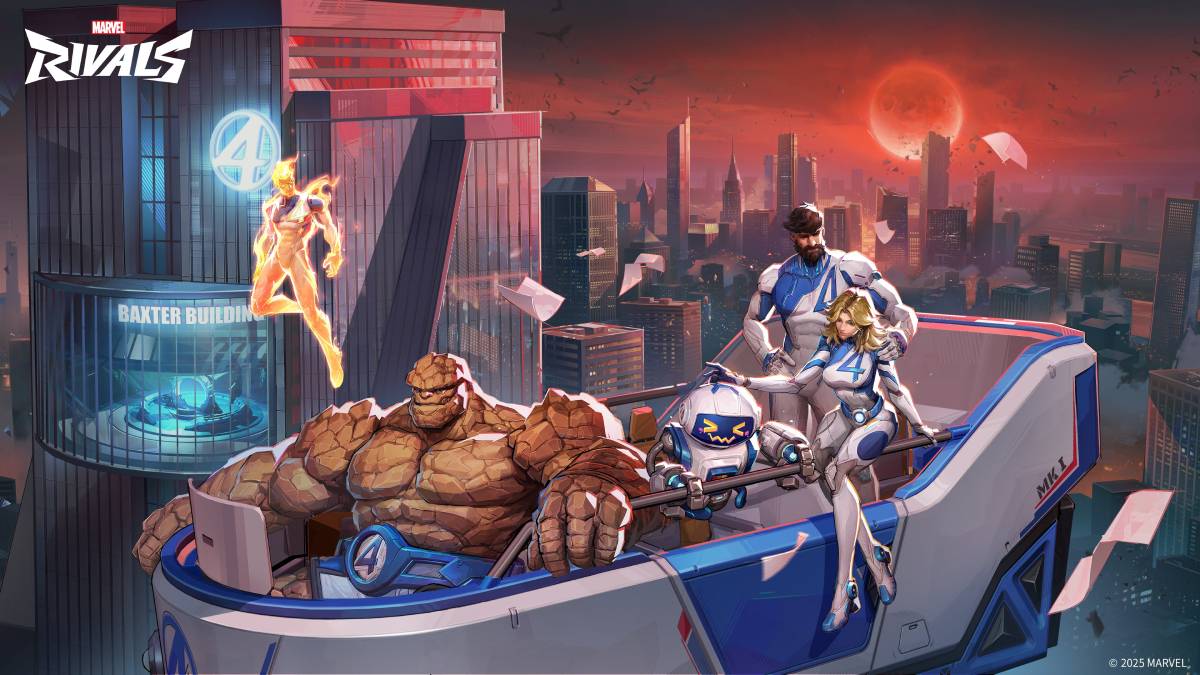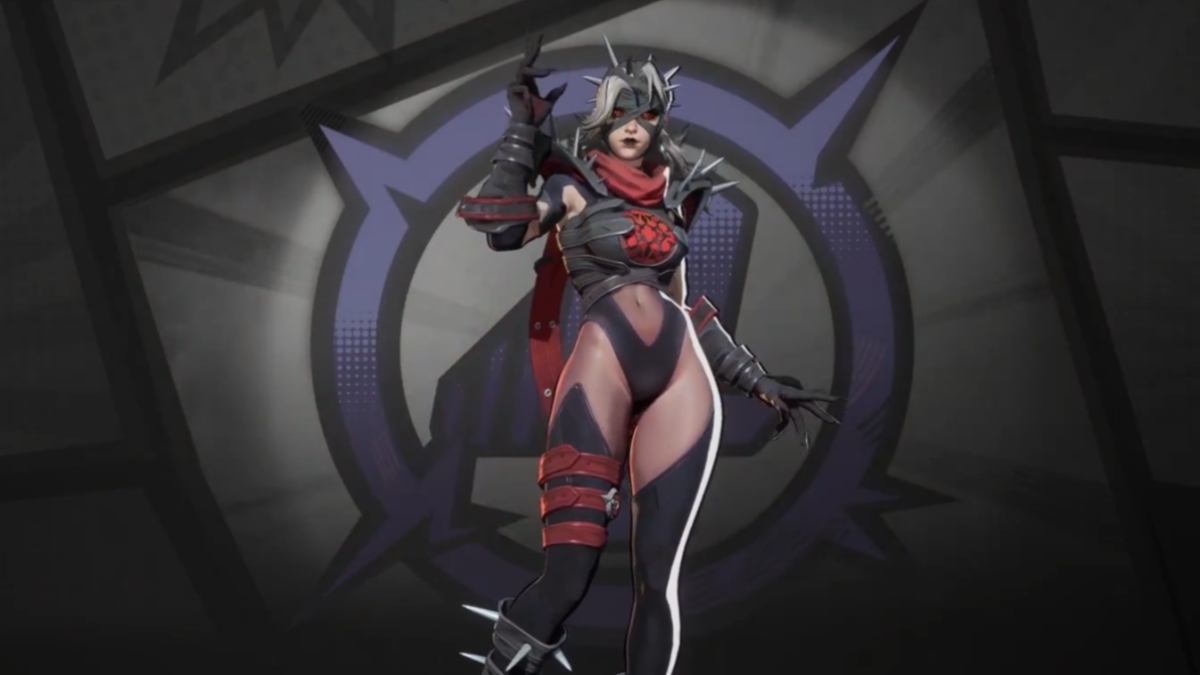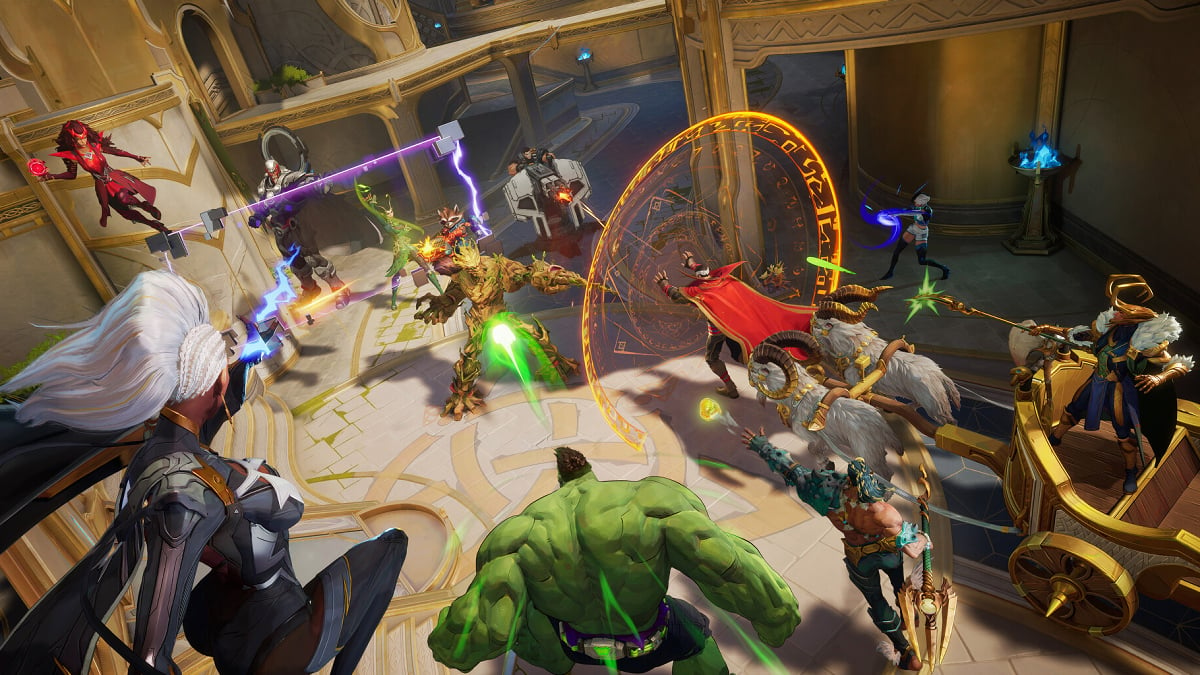Skip To...
You most likely heard about it last year– Sony spent $400 million on Concord and the most impactful result they achieved was to paint the hero shooter genre as a minefield. Prior to Concord‘s failure, Overwatch 2‘s long stretch of controversies had already been bulldozing the genre its predecessor once popularized. Some experts cite hero shooter oversaturation as one of the main issues but were that the case, Marvel Rivals wouldn’t have risen to its current state.
Right now, Marvel Rivals is on track to take over the crown from Overwatch 2 (or perhaps it already has) when it comes to casual hero shooters. At the moment, Marvel Rivals still holds nearly half a million players on PC alone, and this is the kind of consistency and player retention that other AAA live-service games could only dream of.
But thanks to Marvel Rivals‘ victory, the answer to live-service success for many developer studios and their looming executives was made clear. It was rather simple: player satisfaction, though it appears there are several layers to it, and it’s not as straightforward as making the players smile.
Marvel Rivals’ Live-Service Trifecta with a Cherry on Top
Granted, those of us who have already played and tested Marvel Rivals‘ sequence of betas prior to release could have predicted its success back then. The formula with which Marvel Rivals approached their live-service model, however, is a lovely three-part lesson for any studio attempting to double down on the live-service model.
The first lesson, of course, would be the free price tag, ensuring that any player can get in without buyer’s remorse or financial constraints.
The second, well, it’s a well-known IP (intellectual property). That’s already something of a 50 percent guarantee of success (though as proven by other Marvel games, such success can be fleeting if utilized incorrectly).
The third is perhaps debatable and my personal take. But the third-person view did plenty of the heavy lifting for Marvel Rivals‘ free and live-service model. It’s all about giving the players what they want in many ways.
Seeing Your Character All the Time Makes Cosmetics Purchases Justified
It’s no secret that the bulk of revenue for free games or live-service titles comes from cosmetics. Such is the case for World of Warcraft and also Call of Duty. So while Marvel Rivals‘ free price tag and the Marvel IP raked in players in hordes, what would ultimately dictate the game’s profitability would be the cosmetics and microtransactions.
And wouldn’t you know it, Marvel Rivals is currently the 4th top seller on Steam despite being a free game because Steam counts cosmetics and microtransactions as purchases. The only other games that outsell Marvel Rivals on Steam are Counter-Strike 2 and good old PUBG.
It just so happens that third-person view lets you see your preferred Marvel superhero or supervillain all the time– and ahem, in certain poses. That’s among the best motivators for purchasing cosmetics. Pair it with generally fun team-based gameplay, it’s an easy win.
Compare that to something like Overwatch 2 where the expensive skins are mostly only visible in the lobby or during relatively rare moments, the choice is easy for players. Marvel Rivals respects players’ cosmetics purchases better.
Is 3rd-Person View an Additional Formula for Success?
It’s not just Marvel Rivals experiencing a certain kind of financial win presumably (and partly) due to its 3rd-person model. We’ve seen similar victories to a certain degree from other 3rd-person action games and RPGs in 2024 or even further back.
The First Descendant, Once Human, and even Helldivers 2 (a great case that doesn’t overextend fan service) are practically printing money with cosmetics that they otherwise wouldn’t have had they gone with the FPS route. Even older live-service games like Fortnite and Warframe are further capitalizing on the 3rd-person view by developing their cosmetics and enhancing their character designs.
By enhancing, I usually mean introducing characters and skins with posteriors that will make nude Ancient Greek statues blush, be it Spider-Man or Psylocke… or Venom.
After all, that’s what the players see the most during gameplay and our very ‘human’ minds will always appreciate beauty when we see it.
Marvel Rivals understands this idea well, pairing its beautiful character models with the 3rd-person view and more skins to boot. The results speak for themselves. Now, all Marvel Rivals has to do is keep polishing and improving its core gameplay and content in increments.
Turns out the answer was simple all along for hero shooters, and it’s something Concord could’ve considered given its budget. Marvel Rivals has shown the live-service games industry how much gamers value a couple of smooth polygons or developer goodwill. It would be a waste for other developers and executives to ignore such a notion and end up with another Concord.


